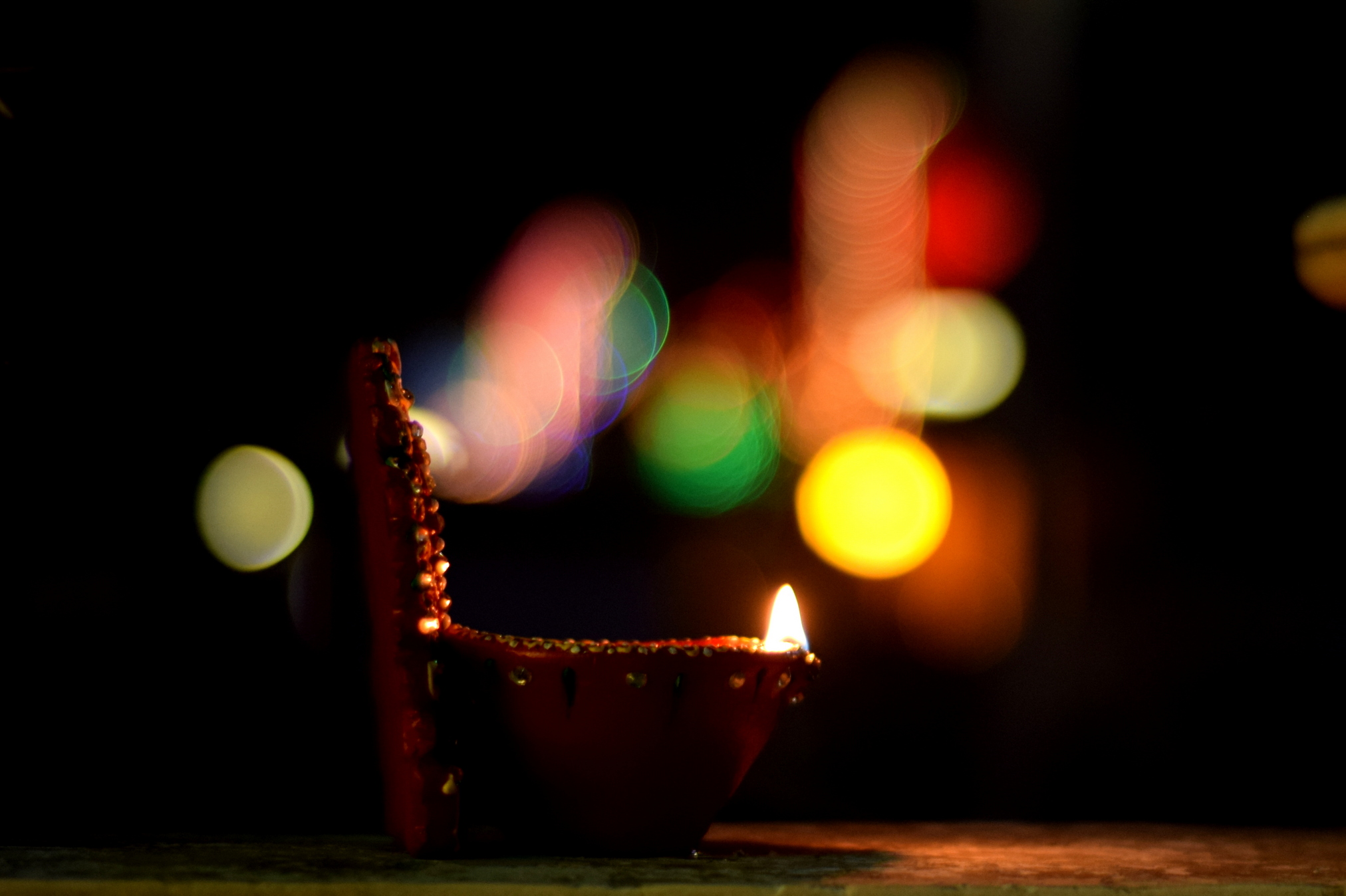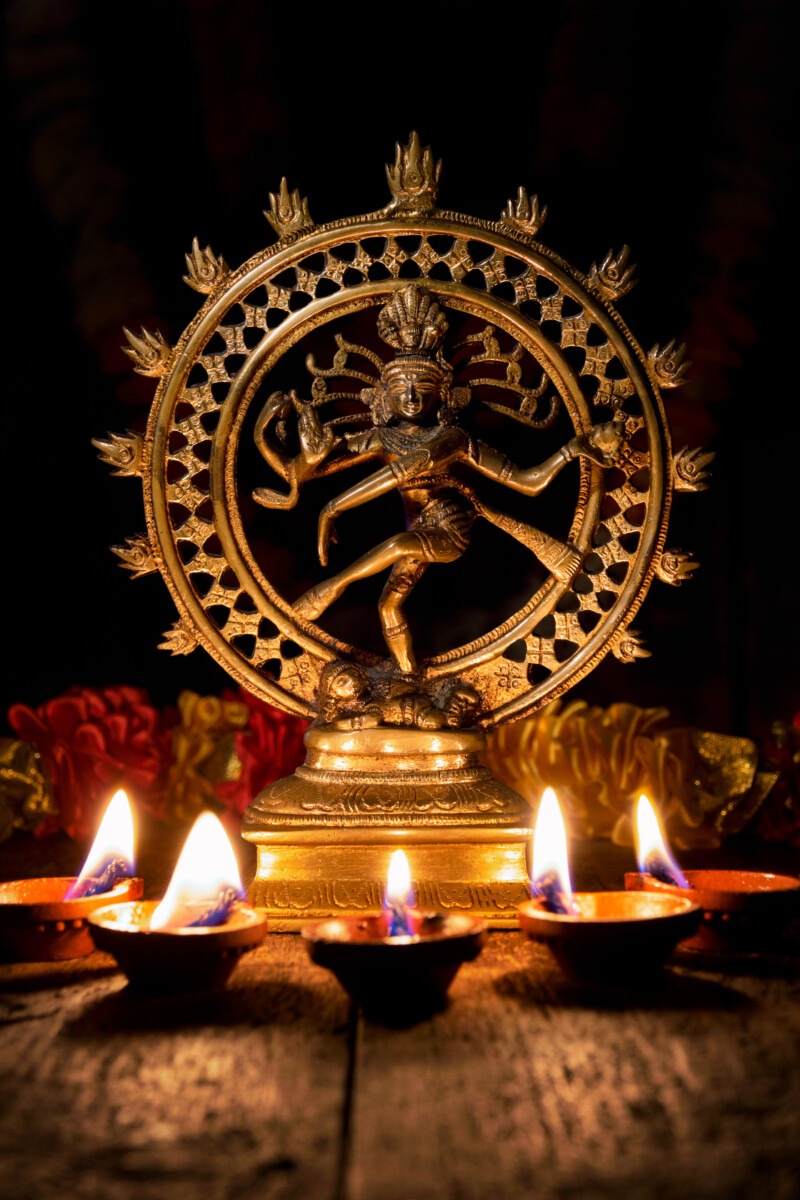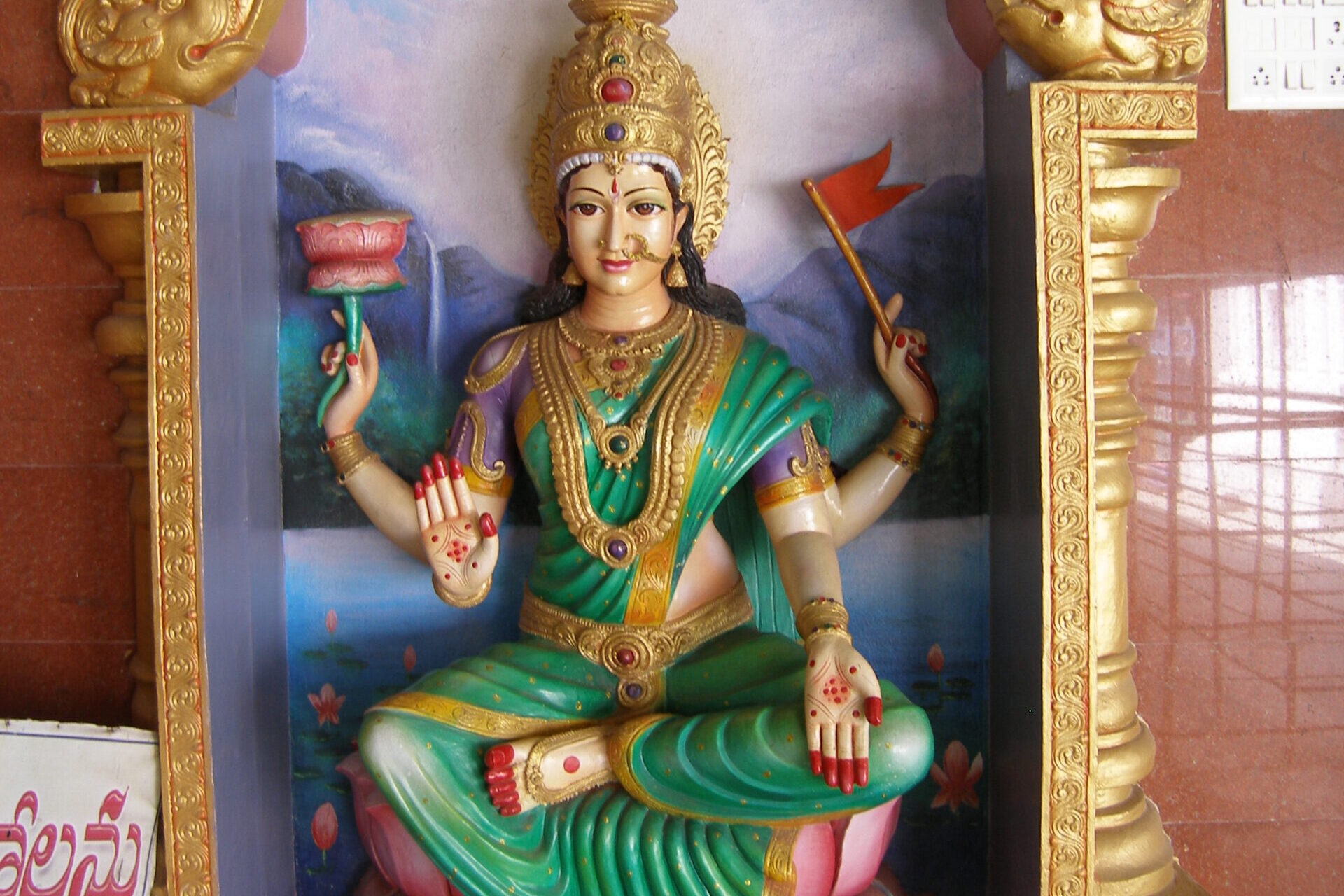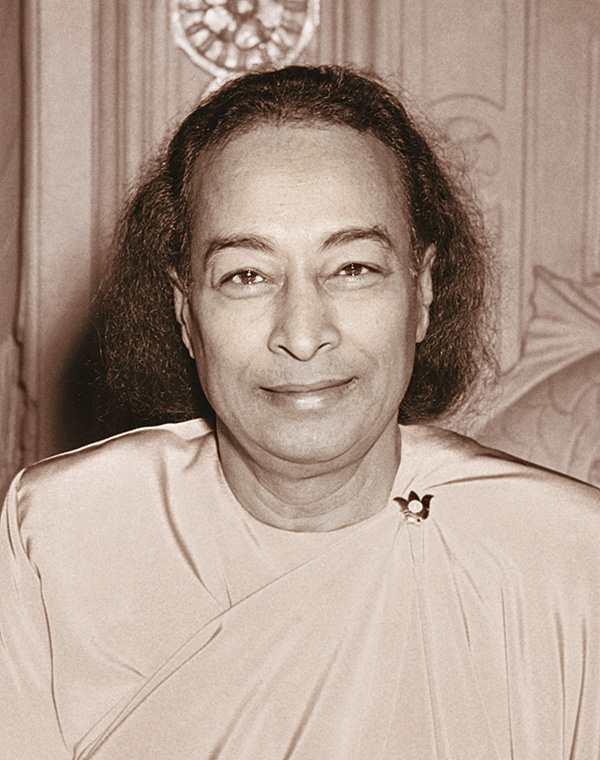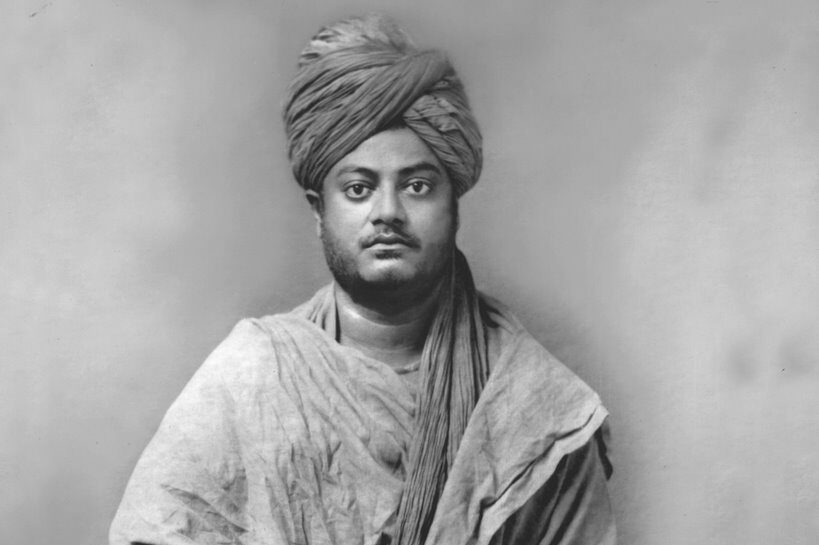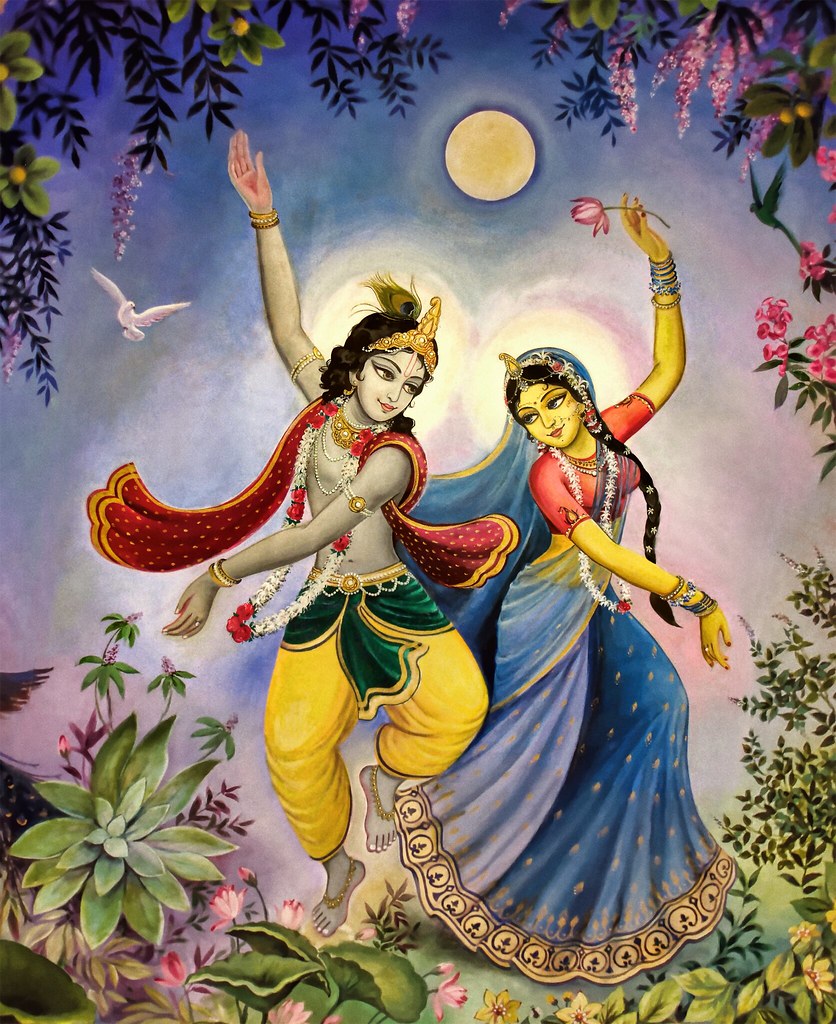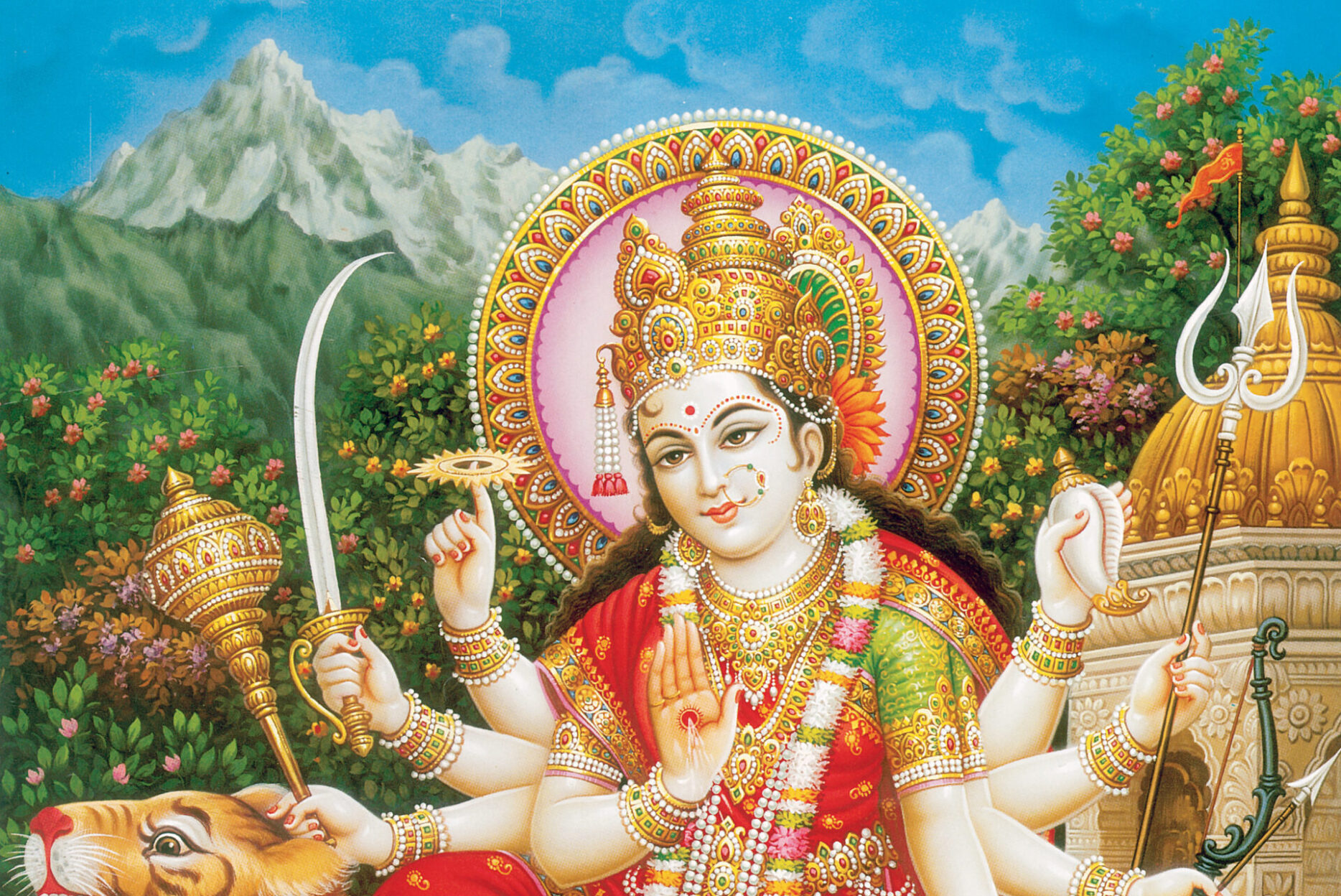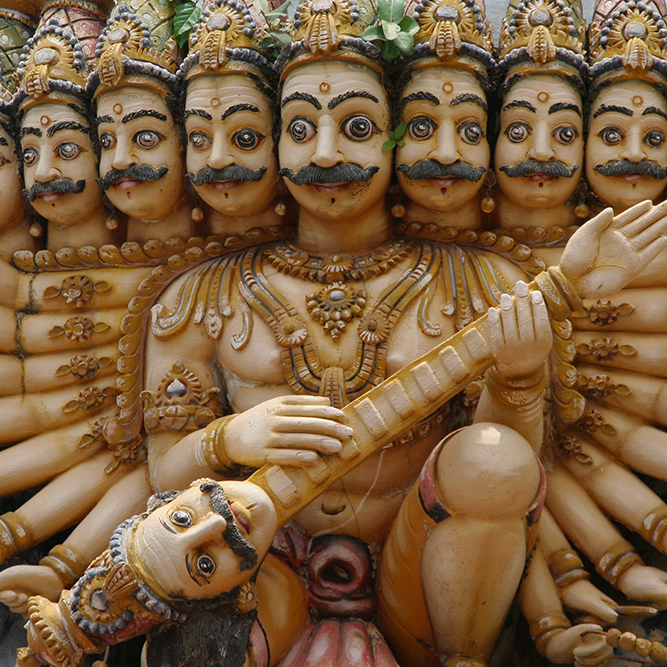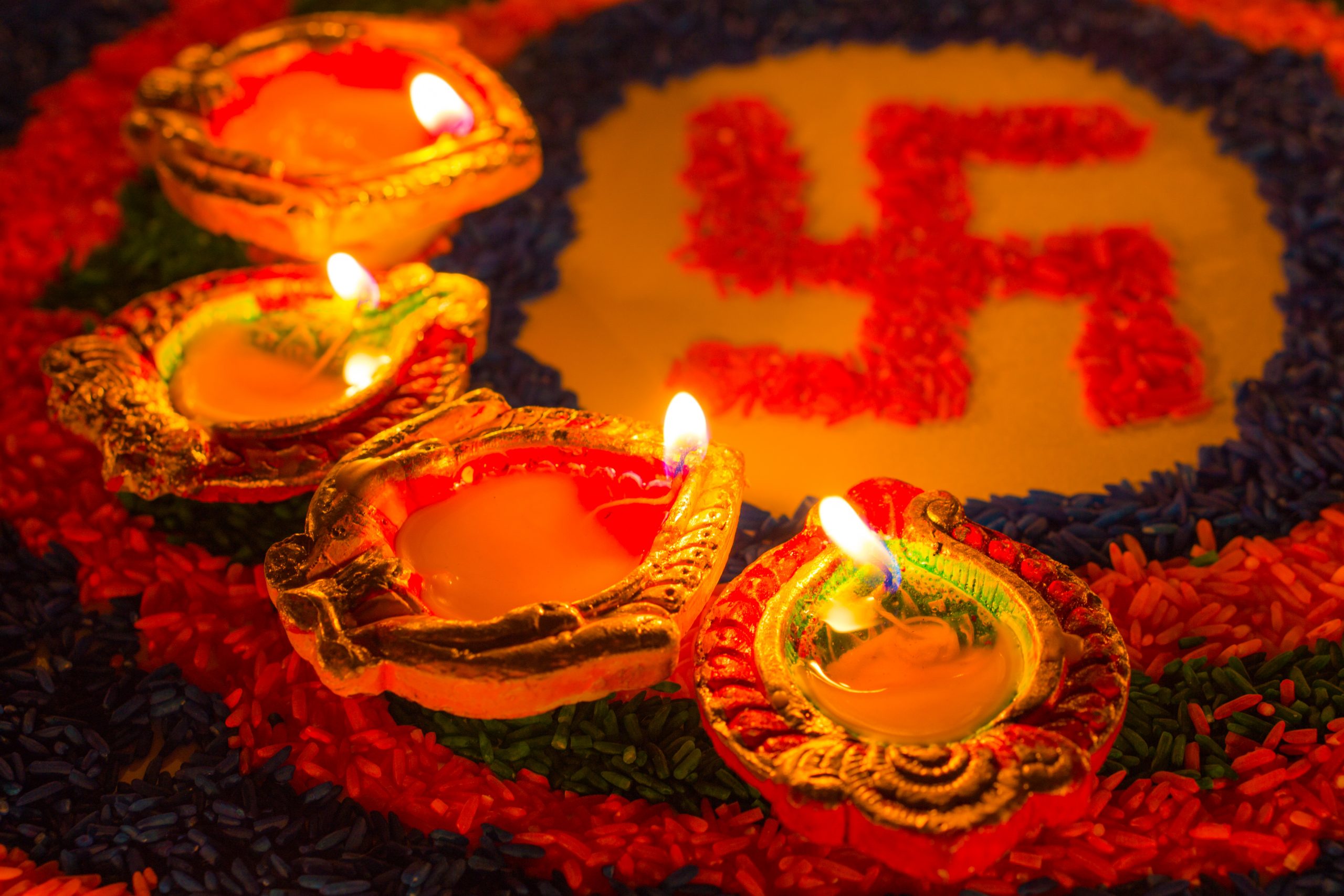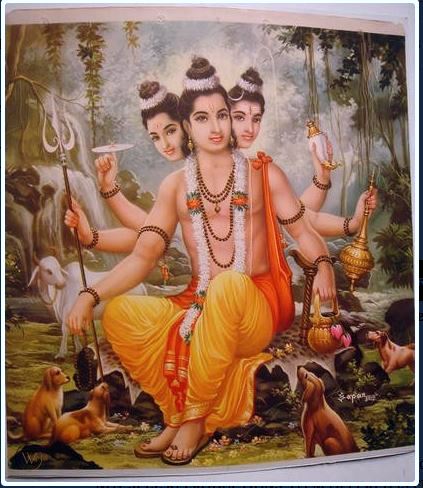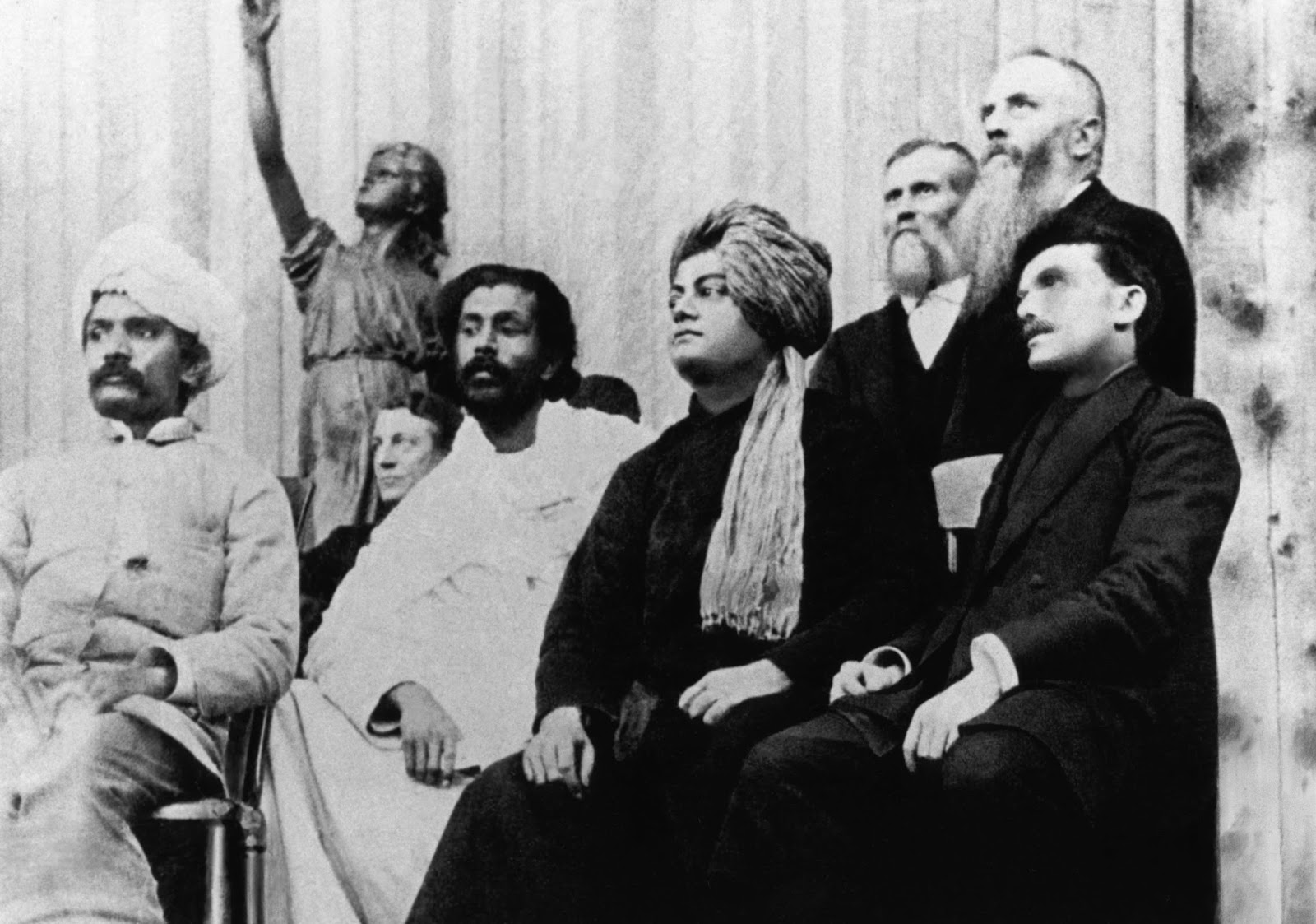What do Hindus believe? Who do they follow? What do they follow?
If you’re part of the Hindu community, you know that clarifying the answers to such questions isn’t exactly a walk in the park. Like a game of whack-a-mole, in fact, it feels as though countless misperceptions continue to arise, despite great efforts over the years to dispel them.
For those of us who are in the business of whacking these moles, we can continue doing so, hoping something will click one day, enabling the public to better grasp our explanations. But as the saying goes, “Doing the same thing over and over and expecting different results is the mark of insanity.” So if we hope to make progress, it’s time we put the mallet down and start taking a different approach, one that has less to do with how the Hindu Dharmas are viewed, and more with the lense through which they’re being presented: the language of Christian colonialism.
Just as the picture of a tiger can never accurately convey the likeness of a lion, the vernacular of one religious tradition can never accurately convey the essence of another. In an attempt to address this issue, we at the Hindu American Foundation are exploring the background of certain English translations of Sanskrit words commonly used when talking about or explaining the Hindu Dharmas. Words that were but approximations by colonizers who were motivated to distort them, and thus fail to serve as definitional equivalents while also staying true to their intended concepts.
Today’s word is “worship.”
Where does the word “worship” originate from?
If you google “worship,” the first definition that appears — “show reverence and adoration for (a deity); honor with religious rites” — comes from the Oxford dictionary and, in one sense, accurately reflects how it is understood in contemporary parlance.
Upon digging a little deeper, however, you’ll find that it originates from Old English, where it meant the “condition of being worthy or honorable,” used to show respect and adulation toward objects that were seen as deserving, whether leaders, elders, ideals, things, etc.
In other words, it wasn’t exclusively religious. But by the 13th century, as Christianity became firmly rooted in England, it evolved to signify “showing adoration to God or the Eucharist” in the holy communion of Mass, thereby cementing its liturgical connotation.
Why should we avoid using “worship” as a translation for puja?
Historically speaking, Christianity has espoused that worship should be given to its God and its God alone, labeling those who did otherwise as pagans, heathens, polytheists, or followers of the Devil, in need of being converted to the “right” way of thinking.
Though this isn’t necessarily the general ethos today, the word, needless to say, still carries a lot of baggage, especially for those who have a deeper understanding of their respective theologies. To thus use “worship” as a translation for puja is problematic to the point of being a disservice, as the Sanskrit term isn’t bound by the prejudices of religious exclusivity.
What’s an alternative word we can use and why should we use it instead?
Advanced as we’ve become in linguistics (the science of language), it no longer makes sense for us to fall back on colonial translations of Sanskrit words. Equipped with more precise ways of conveying the intention of foreign terms, we can know that puja, depending on the context, is more accurately translated as “veneration,” which retains the same mood of respect and honor conveyed by “worship,” minus the Biblical implications.



